< THE BANDAG DIFFERENCE
KEY TAKEAWAYS
Retread tires, sometimes known as recap tires or remolded tires, have undergone a remanufacturing process to replace the worn tread on used tires with new tread to help extend the life of the tire. Retreads account for nearly one-half of all replacement tires in the North American truck tire market. They can be used on all Drive and Trailer positions as well as on steer positions in non-passenger transport vehicles.
Whether you retread your own tire casings or purchase them from a dealer, using retreads has a few notable benefits. Retreading tires is economical and environmentally friendly. Plus, retread tire quality is now better than ever.
Retread tires perform like new tires, but for a fraction of the cost. Retreads sell for about 30 to 50 percent of the comparable new tire price — a significant savings for fleets. And if you're looking to save on retread fuel efficiency, choose the Bandag FuelTech line of tires. SmartWay verified FuelTech retread products are among the lowest rolling resistance retreads available, with fuel efficiency benefits that meet or exceed many new tires.
Producing Bandag retread tires uses 30 percent less energy and 15 fewer gallons of oil compared to new tires. We retread more than 800 tires per hour at Bandag, keeping about 7 million tires out of the waste system per year — that's approximately 300 million tires since our formation in 1957.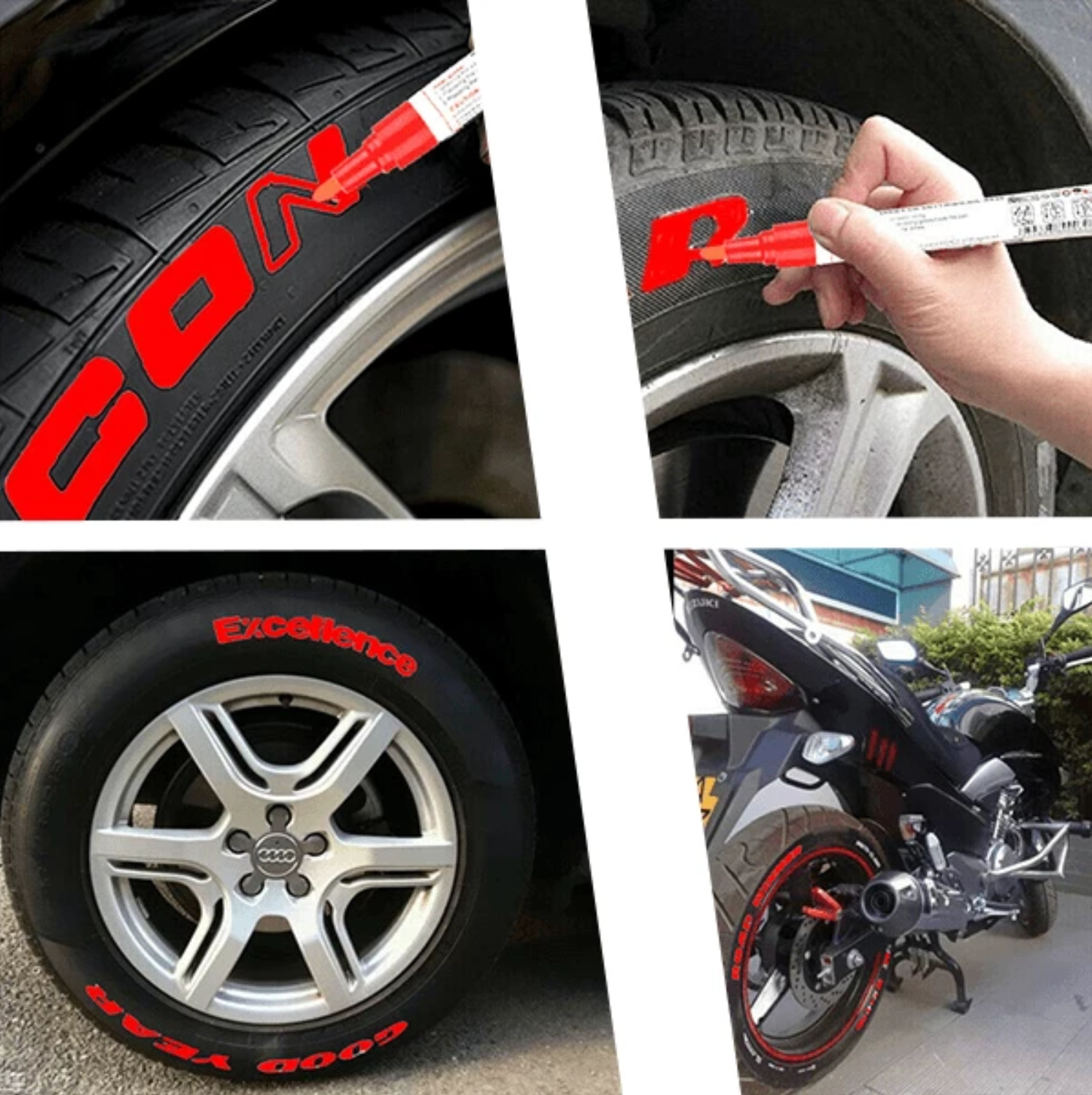
Along with retread tire benefits, there are also retread tire myths and untruths. You may have heard myths about the quality, reliability, and longevity of recapped tires, asking questions like "Are retread tires safe?" or "How are retread tires made?" With new tire retreading tools and manufacturing methods, retread tires have improved significantly in recent years and are a viable option for fleet tires, truck tires, airline tires, and more. To get an idea of how retread tires have improved, take a look at a few common myths and reconsider the facts for yourself.
Myth #1 - Retread Tires Aren't Safe
Some people think that retread tires don't have proper structural integrity because new tread is molded over used tire casings. But casings on properly maintained tires don't experience the level of wear that tread does, so it's perfectly safe to retread the casings to extend their life.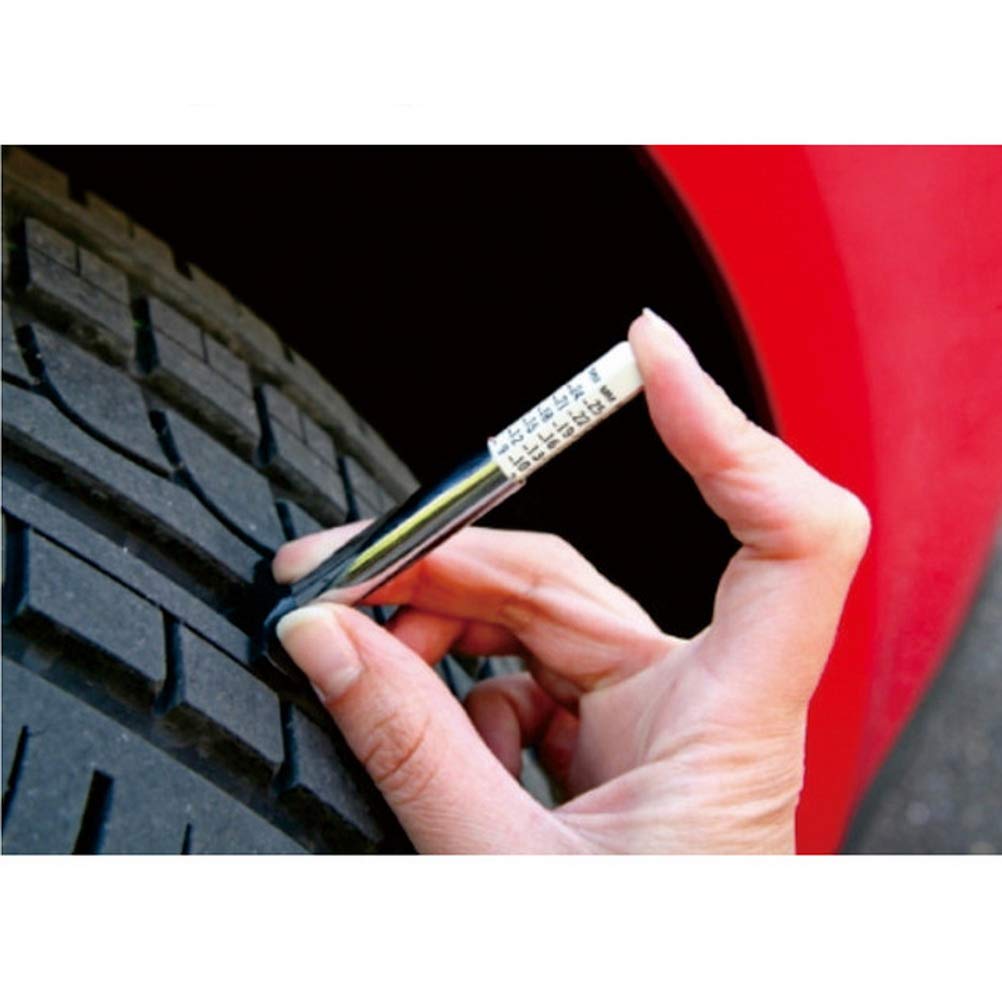
Myth #2 - Remolded Tires Are Ugly
The appearance of a finished remolded tire has a lot to do with the skill and thoroughness of the retreader. That’s why truckers choose high-performance retread truck tires, like Bandag, that have the quality looks of a new tire.
Myth #3 - Only New Will Do
For some, tire newness is important. However, for the budget-conscious or environmentally conscious fleet manager, retread tires are a good choice and last as long as most new tires. You can expect today’s new breed of Bandag retreads to perform equal to, if not better than, a quality new tire. And they’ll certainly outperform a cheap one.
Myth #4 - Retread Tires Get Bad Mileage
A quality retread delivers mileage on par with many new tires. Just as new tire mileage varies widely, so does recap tire mileage. The variation is attributed to a complex mix of tread compounding, tread weight, tread design and casing structure. But remember that proper tire maintenance is key to efficient mileage.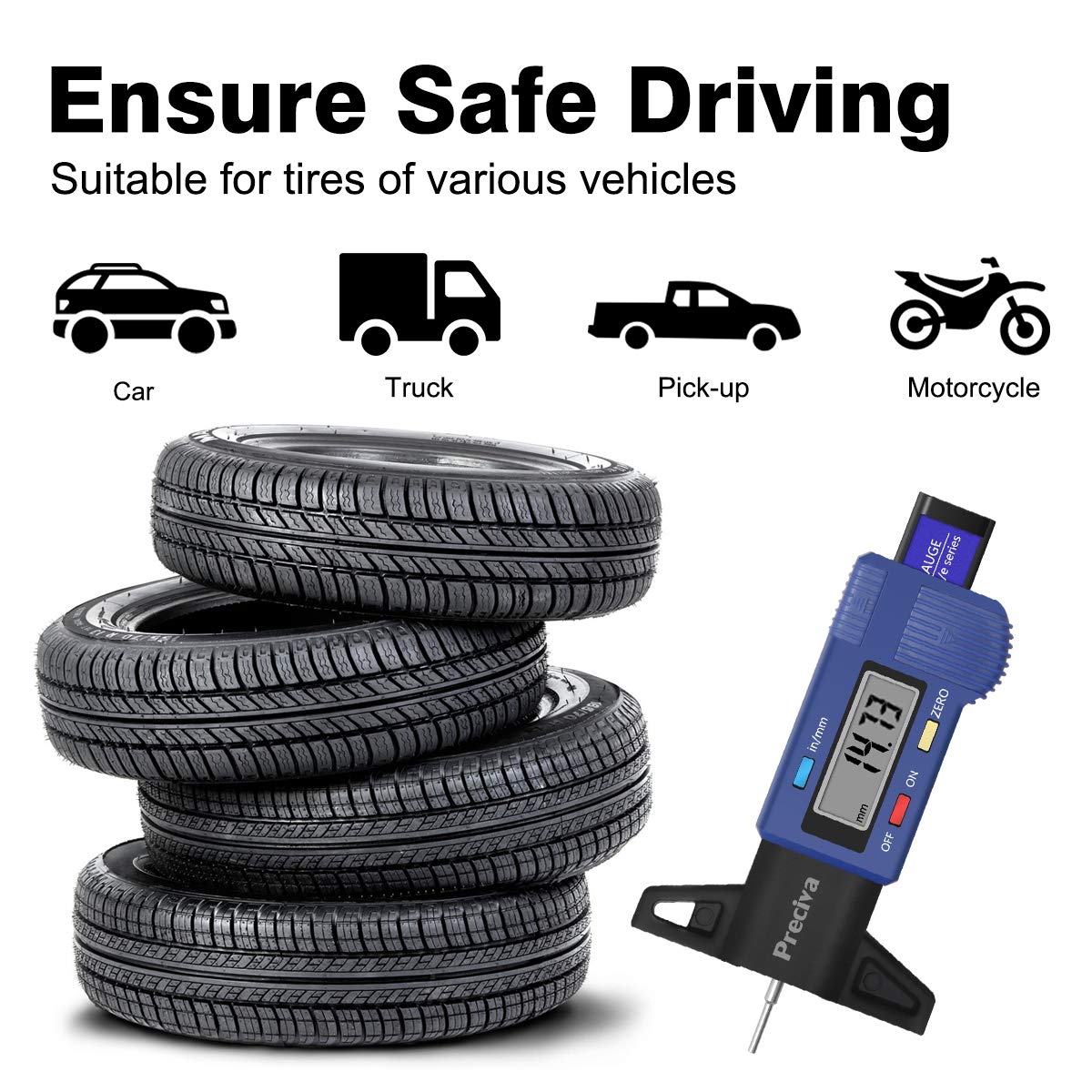
Myth #5 - Heat Kills Retread Tires
Heat can ruin any tire, new or not. In most cases, heat buildup is due to under-inflation. That’s why proper inflation is so important, no matter what kind of tire you’re running.
It doesn’t take a genius to understand the benefits of retread tires. It’s basic math. Retreads are better on your budget. They’re better for the environment. And they’re better for your business, because they keep your trucks rolling. It all adds up to a smarter tire solution. Use our Savings Calculator to see just how much you could save using retread tires or, if you're ready to buy, find a Bandag dealer near you.
Having a profile lets you save preferred tires, technology, services and dealerships. Enjoy access to exclusive offers and easy login to all Bridgestone Commercial websites.
Create a Profile
Get the most of out of this visit to Bridgestone Commercial by signing in now.
Password
Forgot Your Password
Recipient Email Address
Press "Enter/Return" or "Space" key to validate your email. Only valid emails can be added. You can share with multiple people.
Subject
Message
Optional
Send a copy to sender's email address
This site uses cookies to enhance your user experience. By continuing to browse our website, you agree to use these cookies. For more information on what cookies we use and how to manage these cookies please visit our Privacy policy
OK
To the general public, retreaded tires can carry a bad reputation. Maybe they’ve seen a delaminated tire from a truck on the side of the road and assumed it was a retread, or overheard someone saying that they are simply illegal.
But in reality, retread tires are one of the most common types of tires in America. In the commercial trucking industry (which is the biggest user of retreads), has been increasing its retread use by over 20% every year since 2009.
Retreads are also commonly being used for daily drivers, off-roaders, overlanders and various other outdoor enthusiasts. Their lower cost and green nature combined with grip enhancing components like Kedge Grip make these the tire of choice for many outdoor enthusiasts and environmental cautious people.
Take a simple look at our TreadWright Instagram page and you will see numerous people using our product on a daily basis.
So why are retread/remolded tires not more popular? It is because people are stuck on 6 big retreading myths:
A big myth of retreaded tires is that they’re unsafe. As we mentioned before, many people see parts of discarded tires on the side of highways and freeways and assume that it’s a retreaded tire that has delaminated.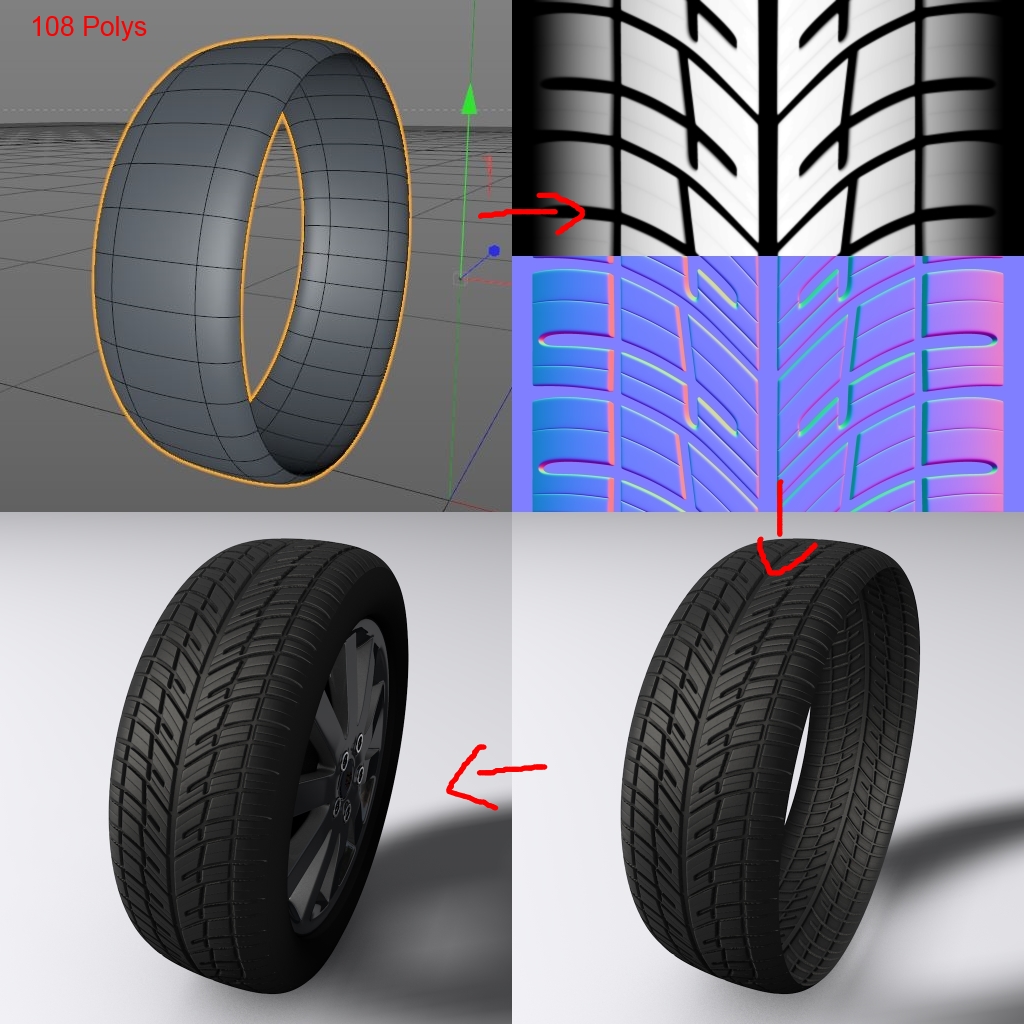
In fact, studies from both State and Federal Bodies have shown that most tire failures are caused by vehicles being overloaded or tires being underinflated. There is almost no difference in the rate of issues and accidents being caused by retreads than new tires.
To ensure constant improvement in retread technology and tire safety, the American tire industry actually has its own internal set of standards in regards to retreads. Every retread has DOT number which has date and manufacture location stamped on the tire. Due to these internal standards, the Department of Transportation has not developed Federal Regulations for retreads.
Retreaded (sometimes called Recaps) are just as safe as regular tires. Remember, the trucking industry, which probably has the highest miles per vehicle of any industry, mostly use retread tires. As well as commercial trucks, other high impact vehicles use retreads like the U.S. Postal Service, commercial and military aircraft as well as emergency services like ambulances and fire trucks.
To top it off TreadWright has made advancements in retreading with their mold cure process, which is very similar to a brand new tire. Read up on the differences in a typical retread and a remold
Due to a lack of clarification of laws and backyard mechanic chatter, there is a lot of people who think that retreaded tires are illegal in some states. In reality, there are no states that ban the use of retreaded tires on vehicles of any type.
The only piece of legislation that has any comment on retreads in the Federal Motor Carrier Safety Association (FMCSA) and it states:
“Question 3: May a vehicle transport HM when equipped with retreaded tires?
Guidance: Yes. The only Commercial Motor Carrier (CMV) that may not utilize retreaded tires is a bus, and then only on its front wheels.”
So the only part of a vehicle that is not allowed to use retreads are the front wheels of buses.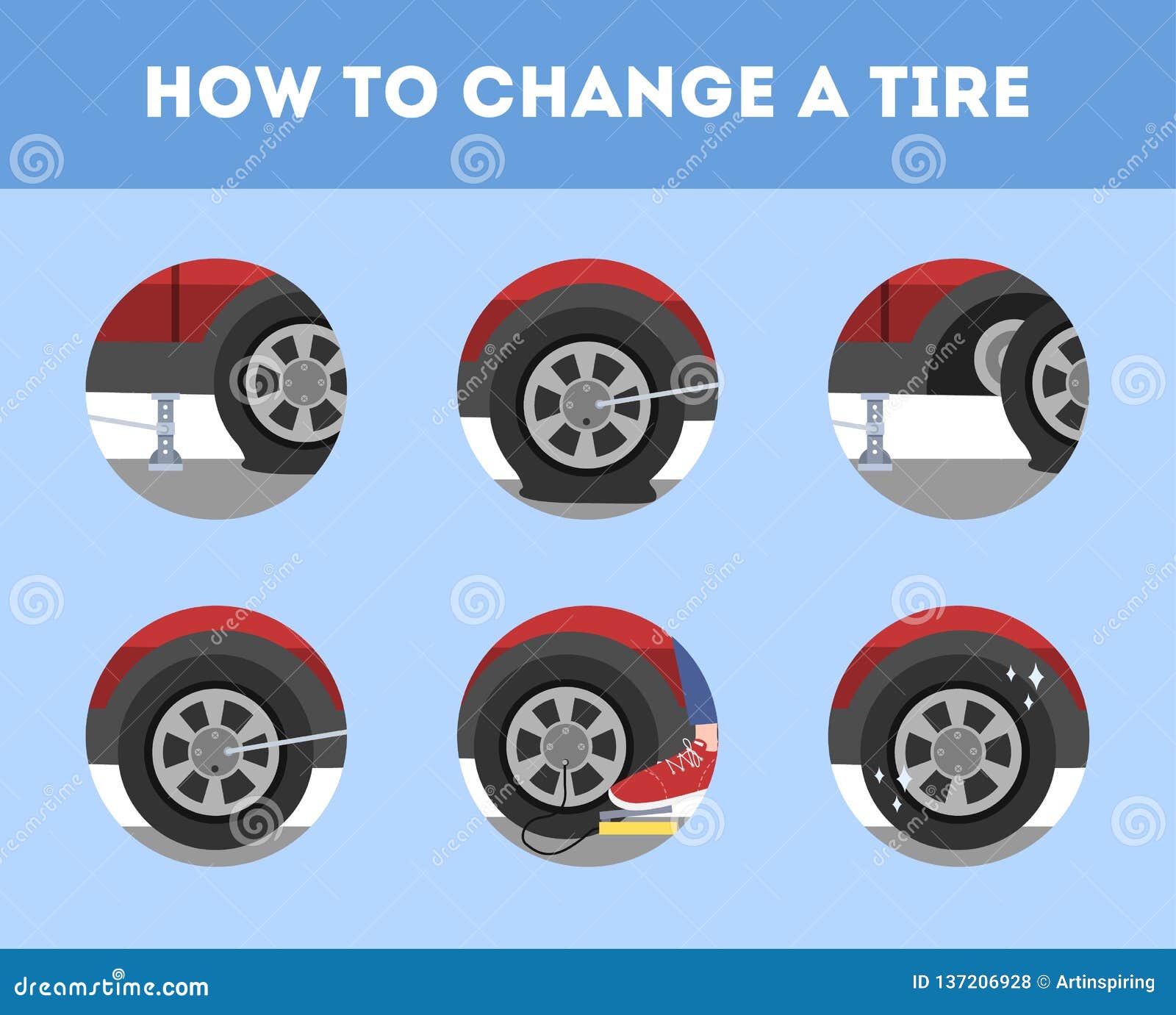
By misinterpreting this law, a lot of people think that retreaded tires are illegal on the front, steering tires of all vehicles. When in fact, there is only one specific vehicle that is not allowed to use retreaded tires.
TreadWright Retreads use the mold cure process, which is far superior to the pre-cure retreading. TreadWright uses unvulcanized rubber from some of the top rubber manufactures in the US to create a long lasting tire. All TreadWright Tires are DOT rated for 40,000 miles and have an option of premiere wear to get a 60,000 miles upgrade to your tires. 60,000 miles is well above the standard Mud Terrain average of 40,000 miles. Of course, just like new tires, all things can vary depending on weight load, under-inflation of tires, highway vs non-highway miles, driving style, traction upgrade and etc. We recommend using the penny test to keep track of tread wear and tread depth.
The old wives' tale that heat will kill your retread and cause the bond to fail is simply false. Yes, heat can ruin any tire new or retreaded. However, the biggest cause of heat on a tire is underinflation. That is why properly inflating your tires and keep track of your air pressure is important. Make sure you always have a tire gauge handy and know how to properly use a tire gauge.
Yes, heat can ruin any tire new or retreaded. However, the biggest cause of heat on a tire is underinflation. That is why properly inflating your tires and keep track of your air pressure is important. Make sure you always have a tire gauge handy and know how to properly use a tire gauge.
This is completely false. As we stated before just check out our Instagram page to see many users over a vast amount of applications using our TreadWright Tires. Our tires are even tough enough to take on the toughest one-day race vehicle race in the world competing in King Of Hammers. Our tires are the first remanufacture tires to ever run in such a tough race. We are completely satisfied with the results of no blowouts, air leaks, bulges, tread separations and etc. The tires practically came out unscathed.
Have you seen our tires? Like I have stated many times before we are not your typical pre-cure retread. Our mold cure process gives us the ability to reprint the sidewall with our TreadWright brand and to the average viewer is indistinguishable from a topline tire. I mean just take a look for yourself
Our mold cure process gives us the ability to reprint the sidewall with our TreadWright brand and to the average viewer is indistinguishable from a topline tire. I mean just take a look for yourself
Retread tires were a common sight on American roads right up until the 1960s seen as a tire for the budget conscious consumer. Due to the technological limitations of the time, retreads of the 1950s were good for low speed and low weight applications and could delaminate after a few hundred miles. And as the manufacturing technologies of new tires improved, retreaded tires on cars became less and less popular.
Fortunately, time and technology have moved on. Modern retread tire manufacturing such as remolding has a much higher level of quality. Unlike old retreading where new tread was glued to the cleaned up old tires, modern remolded tires are cleaned, inspected and then bonded to the new rubber through a curing process to ensure a high level of adhesion.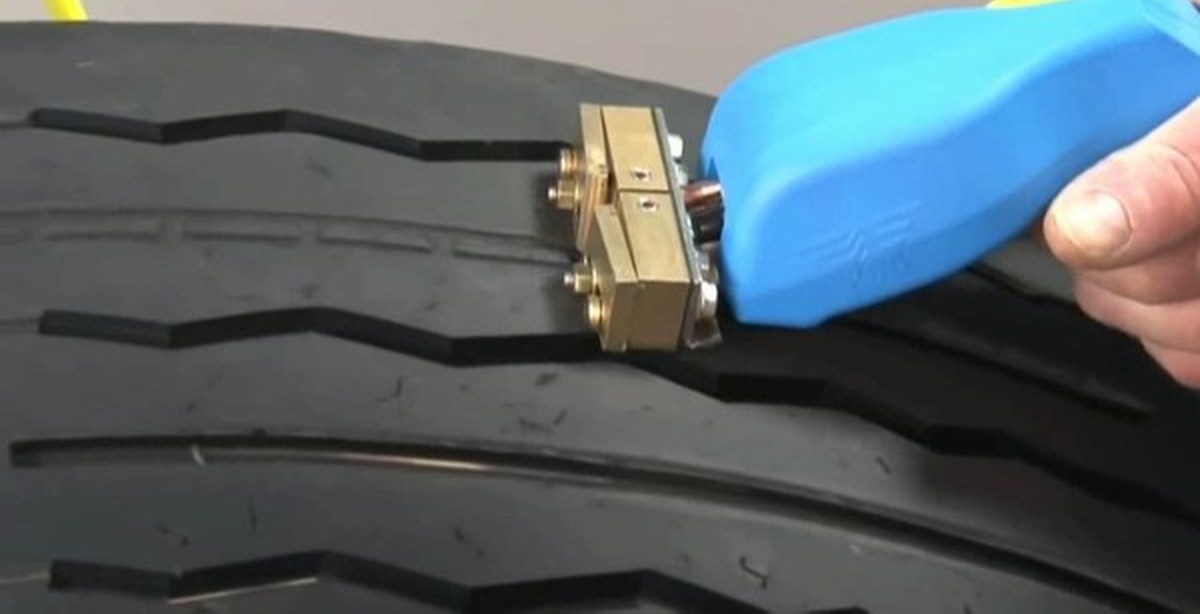 Treadwright presses and molds use the same mold curing process that is standard in all new tire manufacturing plants.
Treadwright presses and molds use the same mold curing process that is standard in all new tire manufacturing plants.
So the next time someone tells you that retreads are illegal, get them to read this.
If you carefully read the traffic rules, you could not miss such a detail as the requirement to install tires of a certain retreading class on the front and rear axles of the vehicle. In most cases, car drivers are unfamiliar with the restoration procedure - after the rubber resource is exhausted, it is simply thrown away. But the owners of trucks can tell a lot about such a procedure as tire retreading. We will tell you how car tires are repaired, what methods are used, and for whom this service is suitable.
But the owners of trucks can tell a lot about such a procedure as tire retreading. We will tell you how car tires are repaired, what methods are used, and for whom this service is suitable.
A worn protector can sometimes be replaced with a new one
Contents
It is known that a tire carcass is hidden inside the rubber layer, which is represented by many layers of metal cord and nylon (or other synthetic) fabric. It is extremely rarely subjected to heavy wear, since only the top layer of the tread is in contact with the road, which is erased with every kilometer of movement. Therefore, when the wheels are completely worn out, it is possible to retread the tires.
The essence of the operation is quite simple - the worn out tire tread is replaced with a new one, using various methods for this.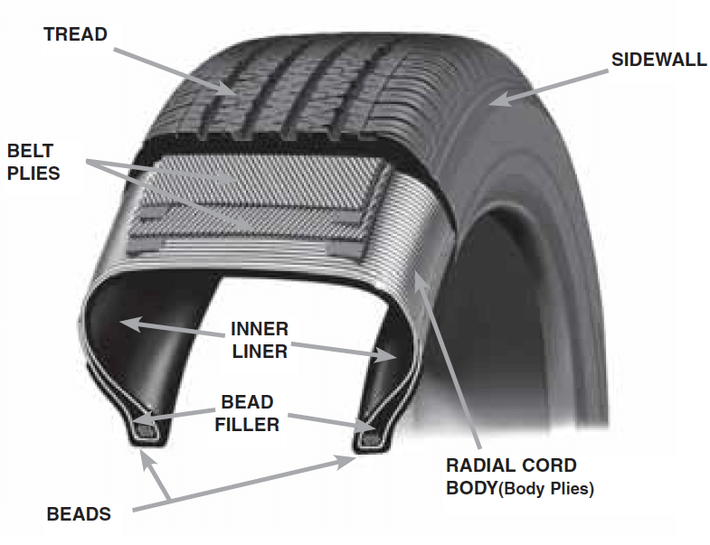 The wheels become roadworthy again and provide an excellent level of safety even on slippery or wet roads. However, such tires are somewhat inferior to new ones - their service life is halved, and the characteristics that affect handling are often far from the reference ones.
The wheels become roadworthy again and provide an excellent level of safety even on slippery or wet roads. However, such tires are somewhat inferior to new ones - their service life is halved, and the characteristics that affect handling are often far from the reference ones.
To understand where to go for tire retreading, you should first study the features of the services provided by various service companies. It is possible that this type of restoration cannot be applied to the wheels you are using, or it is associated with excessive risk. Consider ways to restore the tread.
This method for extending the life of automobile tires applies exclusively to truck tires. At the same time, not every truck tire can be regrooved - to make sure that your rubber is suitable for such restoration, it is worth looking for the inscription "Regroovable" on it. Representatives of large fleets prefer to order tires directly from the manufacturer or an importer associated with it, so as not to encounter a fake that can become unusable when cut.
The essence of the technique is very simple - Regroovable tires have a fairly large protective layer of rubber located under the tread. Its chemical composition is completely identical to the top layer, so the new protector does not differ in characteristics from the previously used one. The specialist uses a thermal knife heated to a high temperature and connected to a high-frequency oscillation generator. When it cuts through the protective layer of the tire, the rubber is immediately soldered, which prevents its accelerated wear. It takes about an hour to retread one truck tire by cutting, after which it must cool down for the same amount of time before being installed on a vehicle.
Even if there is no additional layer intended for cutting the tread, you can build up the tread, or, as they said earlier, “weld on”. First, the tire is treated with an abrasive tool, producing the so-called roughening. Only 1.5 millimeters of rubber remains on the wheel over the cord - the minimum safe layer.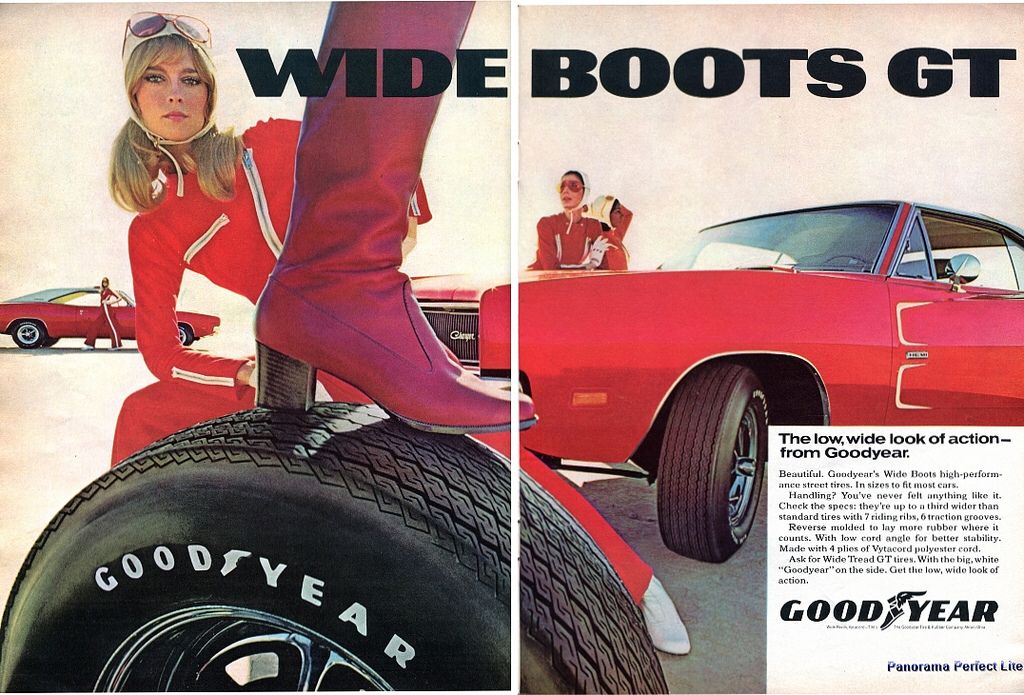 After that, all the damage received by the tire during operation becomes visible - the consequences of impacts, cuts and other negative external influences. They are treated with "plasters" of raw rubber, after which the wheel is sent for vulcanization.
After that, all the damage received by the tire during operation becomes visible - the consequences of impacts, cuts and other negative external influences. They are treated with "plasters" of raw rubber, after which the wheel is sent for vulcanization.
The pre-finished wheel is subjected to quality control, after which a tie coat and a new pre-treaded rubber are applied to it. Now hot recovery begins - vulcanization at a temperature reaching 160-175 degrees. The procedure is quick and efficient - the tire becomes very strong and durable. However, there are a number of disadvantages of hot recovery:
The disadvantages of the hot process have led many companies to find a way to reduce the temperature at which vulcanization is performed. Restoration is carried out in a similar way - during roughening, defects are detected, which are eliminated by gluing with raw rubber, and after preliminary vulcanization, a new tread is welded on top of the minimum layer. In this case, a composition is used that the developers keep secret - it is a special material that allows for restoration at relatively low temperatures.
Restoration is carried out in a similar way - during roughening, defects are detected, which are eliminated by gluing with raw rubber, and after preliminary vulcanization, a new tread is welded on top of the minimum layer. In this case, a composition is used that the developers keep secret - it is a special material that allows for restoration at relatively low temperatures.
Cold repair works well on previously retreaded wheels - it's considered gentle because of the 100-degree temperature that doesn't change the physical properties of the rubber. In addition, the cord retains maximum strength and elasticity, which allows you to maintain ideal parameters that affect handling and safety. However, not all tires may be suitable for cold vulcanization retreading - this should be kept in mind when going to a specialized workshop.
It should be understood that the listed recovery methods were originally developed for freight transport.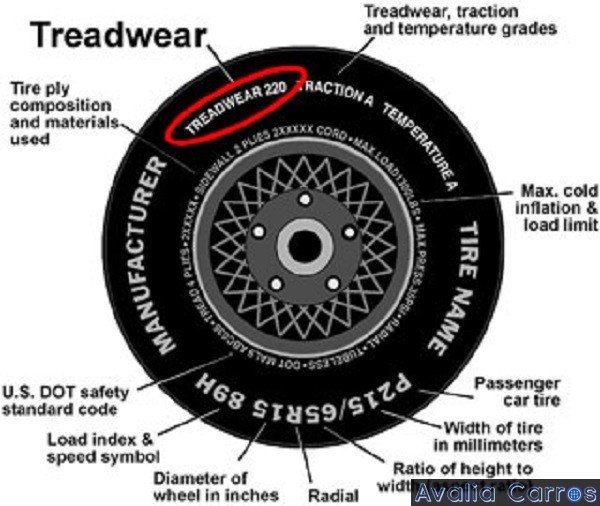 If we talk about cutting the tread in an additional layer of rubber, then this option is not available for cars - this is due to the small size of the wheels and high requirements for the comfort of the chassis. Consequently, car owners can only use vulcanization - cold and hot.
If we talk about cutting the tread in an additional layer of rubber, then this option is not available for cars - this is due to the small size of the wheels and high requirements for the comfort of the chassis. Consequently, car owners can only use vulcanization - cold and hot.
However, there are limitations in this case as well. Immediately it is necessary to exclude the restoration of tires with low cord strength - that is, budget models of Russian, Chinese, Turkish and Korean manufacturers. In addition, you should not restore the tires of high-speed models, since the behavior of a powerful car with such rubber will be simply unpredictable. Only a few categories of middle-class tires remain - and even after restoration, they pass only 20-40% of their original resource. We can conclude that the restoration of passenger tires practically does not make sense.
Many drivers fear that after installing such rubber on the car, they will endanger their lives, because the tire can explode at any time, which will lead to a serious accident.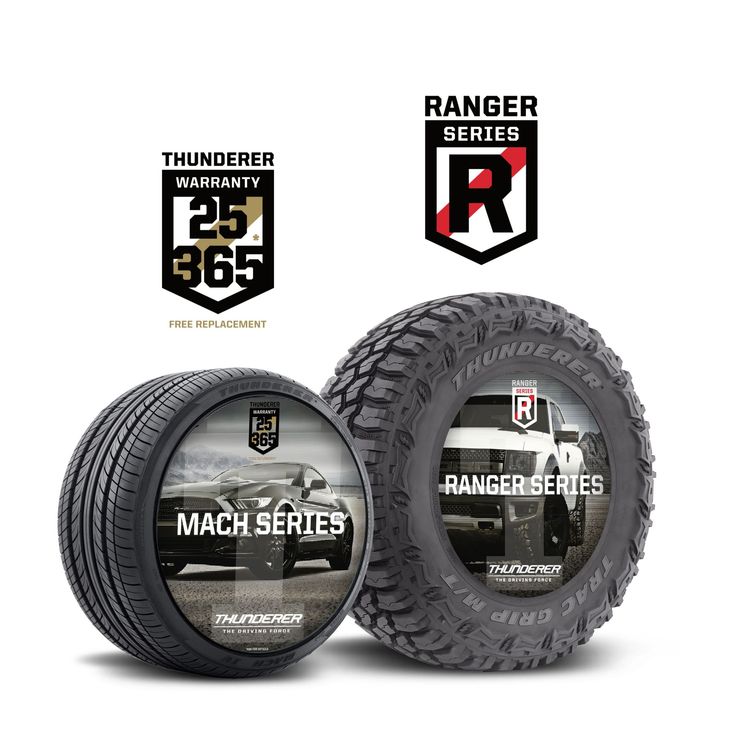 It is unfair to say so - statistics show that when restored by vulcanization, the rejection rate reaches only 0.06%. In addition, even in this case, the wheel explosion does not occur, since the inside of the tire does not come into contact with the asphalt surface. The most likely damage is the delamination of the top layer of rubber, which does not lead to dangerous consequences.
It is unfair to say so - statistics show that when restored by vulcanization, the rejection rate reaches only 0.06%. In addition, even in this case, the wheel explosion does not occur, since the inside of the tire does not come into contact with the asphalt surface. The most likely damage is the delamination of the top layer of rubber, which does not lead to dangerous consequences.
When using wheels with a cut tread, you can not worry about violating their integrity. The statistics of breaks in such rubber shows that the probability of a dangerous situation is equal to that of a new wheel. Therefore, retreaded tires are completely safe and can be used on trucks and other vehicles.
Automotive rubber retreading really helps to extend tire life and reduce costs. But there is practically no point in carrying it out with passenger wheels - the benefit will be minimal, and not all models can be restored.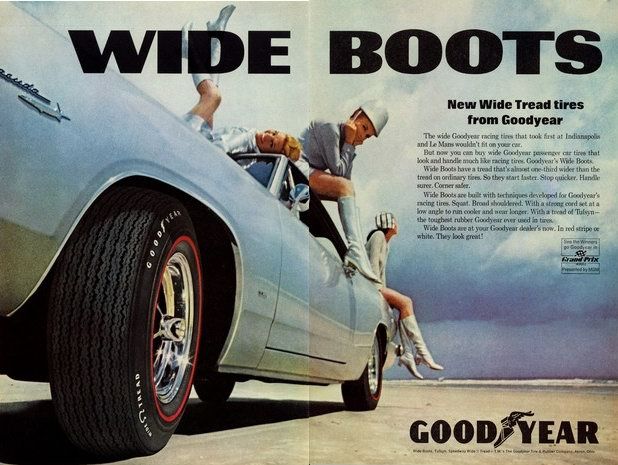 But truck owners will rejoice at significant savings - especially since a tractor with a semi-trailer is equipped with a very large number of wheels.
But truck owners will rejoice at significant savings - especially since a tractor with a semi-trailer is equipped with a very large number of wheels.
In one of the previous articles, we talked about how to properly dispose of car tires. This is indeed a very serious problem, because the number of discarded but not properly disposed of tires in Russia is measured in millions of tons. Another opportunity to reduce environmental damage is the retreading of used tires.
The idea of extending the life of car tires dates back to the last century. Always and at all times, zealous car owners wanted more resource from tires. The most widespread are two technologies - the replacement of the tread tape and the so-called recutting of the tread (regruving). Those who remember the times of the USSR are probably familiar with the latest technology - during the years of total shortage it was a popular way to extend the life of tires, including cars.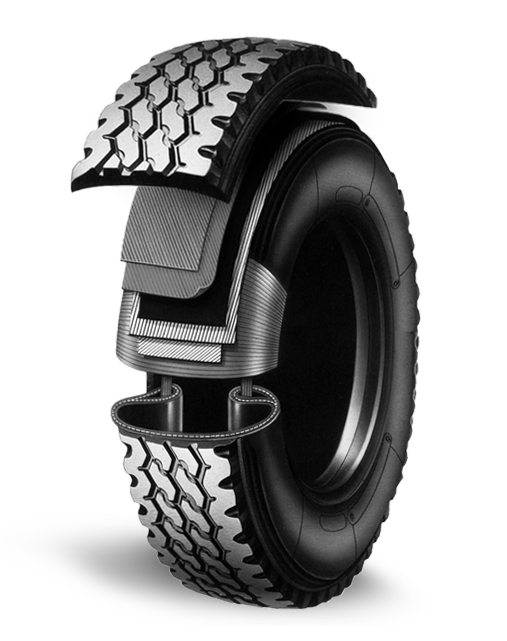 Of course, this happened with varying success - for example, retreaded tires could explode while driving due to the destruction of the cord.
Of course, this happened with varying success - for example, retreaded tires could explode while driving due to the destruction of the cord.
The second technology is the so-called welding, that is, the replacement of the tread tape with a new one, using a cold or hot method. Currently, this is the most popular method of tire retreading, which, however, has a number of limitations. Let's look at each technology in turn.
To begin with, the most important thing. Car tire carcasses are not designed to be reused, so they cannot be restored in any way! Everything that will be said about retreading applies only to "commercial" tires for trucks, construction equipment and buses. These tires have a strong all-metal carcass that can withstand much more than the tread, as well as a special design designed for two to three times recovery.
First, let's talk about regrooving the tread, or, as it is also called, regrowing. This is a procedure for deepening the tread with a hand-held cutting tool. Of course, this can not be done with any tires, but only with those that have the Regroovable marking.
This is a procedure for deepening the tread with a hand-held cutting tool. Of course, this can not be done with any tires, but only with those that have the Regroovable marking.
In such cases, the design of the tire implies an additional layer of rubber at the base of the tread, which allows you to deepen the pattern by about 3 millimeters, thereby “winning” another 35-40 thousand mileage. The optimal moment for recovery is tread wear up to 3 mm.
Image: Michelin
This retreading method is considered to be the most inexpensive - spending only 3-5% of the cost of a new tire on regrooving, you can get another 20-30% of the original resource.
Regrowing also has disadvantages. The success of the operation depends entirely on the quality of the framework and the skill of the specialist performing the recutting. Some tire brands allow multiple regrooving for certain models, but after that, the tread must still be replaced. In addition, in a number of countries, the installation of "undercut" tires on the front axles of buses is prohibited at the legislative level.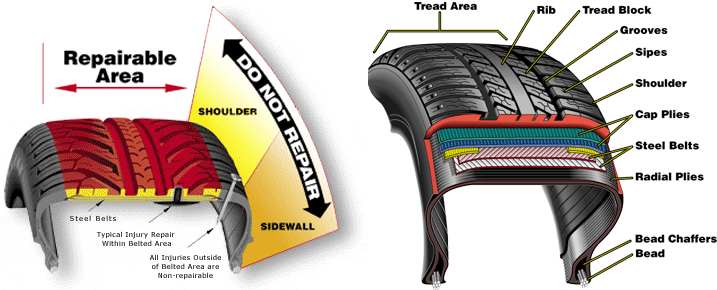
Retreading, or changing the tread band, is the most common way to retread truck tires, allowing them to recover at least 50-60% of their original life. Retreaded tires are widely used in all world markets, for example, in Europe they account for more than half of total sales.
Given the high quality of the tire carcass, welding can be performed repeatedly, increasing the tire life up to 450-500 thousand kilometers. Hardfacing can be cold or hot. Let's analyze the differences between these technologies.
When retreading car tires in small industries, the cold method is most often used.
Image: GoodYear
It looks like this. The worn tire is placed in a special machine, where the tread layer is removed from it with a cutter. The breaker layer is carefully inspected for defects, which are repaired using pneumatic tools. The next stage is extrusion, in which the breaker is covered with a layer of raw rubber covering all defects. After that - another layer of raw rubber.
After that - another layer of raw rubber.
Images: Nokian Tires
Next, the tread tape is applied to the tire. As a rule, all major tire manufacturers produce such tapes, for example, Nokian Tires calls such treads Noktop and E-Tread. An interesting feature of the Noktop tread is the two-layer structure. A softer top layer provides improved traction in winter. By spring, it wears off, revealing a stiffer tread, optimal for use at positive temperatures.
Image: Nokian Tires
The assembled tire is placed in a so-called envelope, from which the air is evacuated. Next, the tires are placed in an autoclave, where, at a pressure of about 4 atmospheres at a temperature of 110 degrees Celsius, the vulcanization process takes place. As a result, the tread is tightly connected to the tire carcass.
The second technology - hot vulcanization - is characterized by the highest quality of recovery, but due to its high cost and energy consumption, it is used only in large-scale industries.
Hot welding is performed at 180 degrees Celsius and its main difference from the cold process is that a large layer of raw rubber (including sidewalls) is applied to the prepared carcass and then vulcanized with a press -shape on the tire is formed tread pattern - just like when creating a new tire.
For example, GoodYear has this technology called TreadMax or Next Tread. Technology means not only the tape itself, but also special equipment complete with technological maps.
Hot retread tires are more expensive than cold retread tyres, but their quality and service life are higher.
Modern technologies really make it possible to provide high-quality and even repeated retreading of truck and commercial car tires. But restoration is different for restoration - an artisanal procedure, performed in violation of technology, can lead to the separation of the tread tape and the destruction of the tire carcass while driving.